30 Nov All You Need To Know About Jin Xuan Milk Oolong
Let’s discover another tea from our Oolong-Wulong box: Jin Xuan Milk Oolong
What is Jin Xuan Milk?
Jin Xuan Milk Oolong is a semi-oxidised tea made out of Camellia Sinensis plant. Jin Xuan cultivar originates from Taiwan. It translates as Golden Daylily and is also known as Milk Oolong.
The 3000m+ high mountains range of Taiwan is the perfect area for tea production. Milk Oolongs grow at high altitudes where mist intensifies the sweet milky flavour and aroma of the plant.

Origin
Compared to other oolongs, Milk Oolong is very recent tea variety, created by the Taiwanese Tea Research and Extension Station in the 1980s. All of Taiwan’s great oolongs begin with specific tea bush cultivars that, in conjunction with the unique terroir of each location, influence the flavour of the tea.
When developing new cultivars, the tea usually gets a number instead of a name. That’s why Jin Xuan is also sometimes called #12.
However, the director of the National Tea Research Institute, Wu Zhenduo, was so proud of this new tea variety, that he decided to name it after his grandmother: Jin Xuan. Nowadays, Jin Xuan is one of Taiwan’s four most famous tea cultivars.
Beware, it is common practice to add flavourings to Jin Xuan to accentuate the milky aroma. Like with all artificial flavourings, you can recognise it by a strong aroma of the dry leaf, but comparatively thin flavour of the brewed tea.
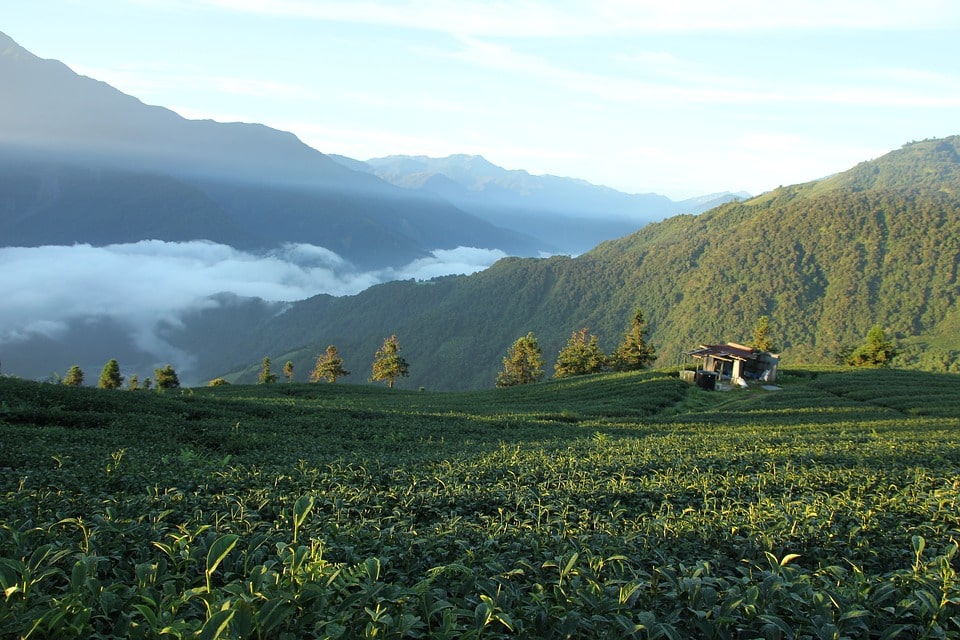
Processing of Milk Oolong
Jin Xuan Milk Oolong is harvested in autumn and spring. Since the tea plants grow in the mountains, depending on the altitude of the tea plantation, the taste of the oolong may vary.
The sun and morning mist in autumn and spring time make the leaf juicier and stronger. Tea famers carefully hand-pick two top leaves and a bud.
As mentioned before, Milk Oolong from Taiwan reaches the desired taste naturally, without aromatisation. This particular cultivar develops its milky taste simply through additional oxidation and roasting.
We have listed six steps:
1. Withering – the leaves have to be heated equally, once they have reached the desired consistency, they’re shaken and prepared for fermentation.
2. Fermentation – the leaves are laid out in a thick layer and left overnight in a cool and humid room.
3. Oxidation – the leaves are fried multiple times at different temperatures. The first frying is done to remove moisture. Then, they pass the treatment with hot air to prepare them for the next step.
4. Twisting – the leaves are placed into a special machine which twists the leaves into small balls.
5. Sorting – the raw tea can contain tea leaves with cuttings, tea is sorted, picking off the worthless element.
6. Final Roasting – frying is done multiple times at different temperature to remove residual moisture and to achieve the desired flavour.
Flavour
Jin Xuan leaves have an oval shape and a green-brownish colour. It has a natural milky aroma and flavour – after all, it hasn’t been named “Milk Oolong” for nothing! After a few cups, the flavour tends to subside into sweet flowers.
Nai Xiang, milk fragrance is given by a light roasting which is also responsible for the slightly the creamy quality of Jin Xuan.
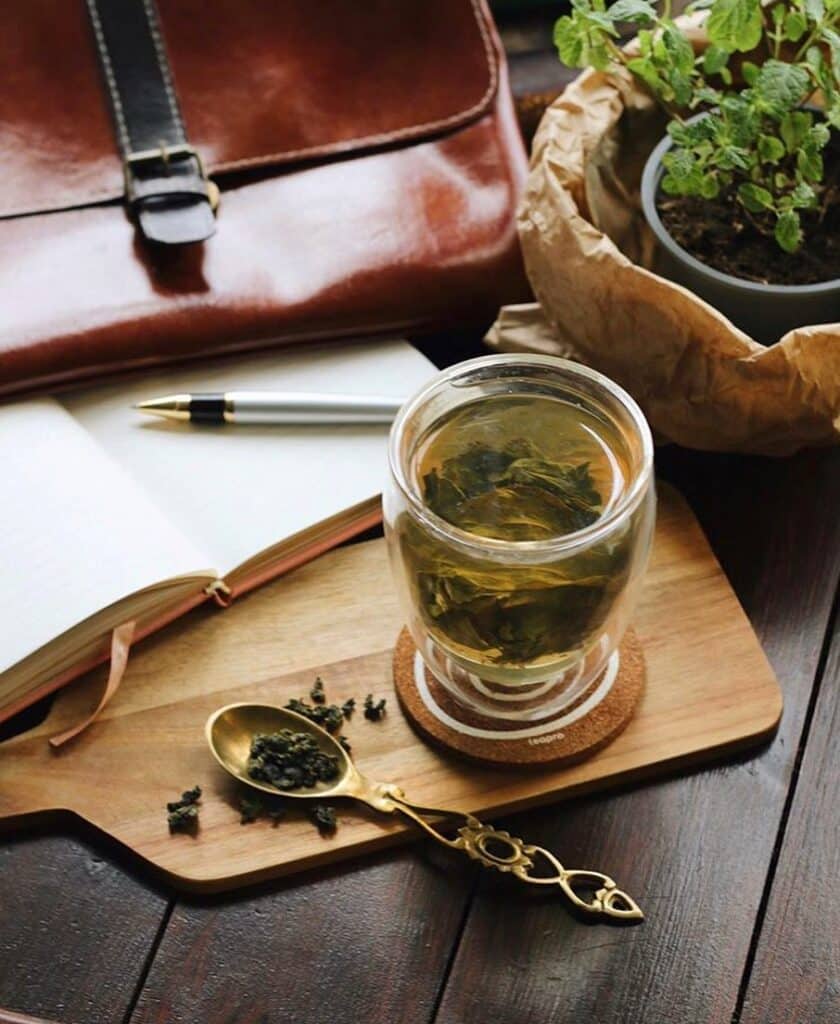
Brewing tips
Here are some brewing tips to help you get the most enjoyment out of your Milk oolong.
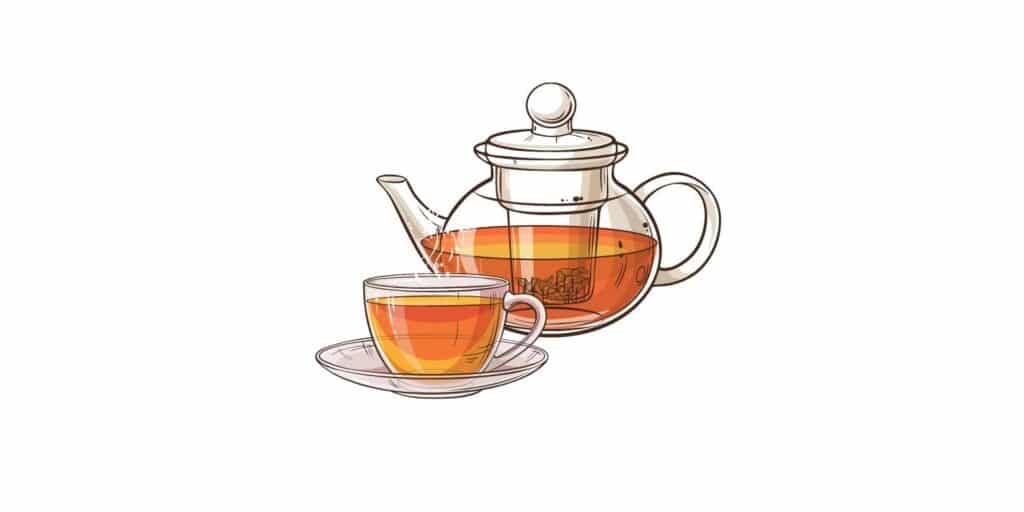
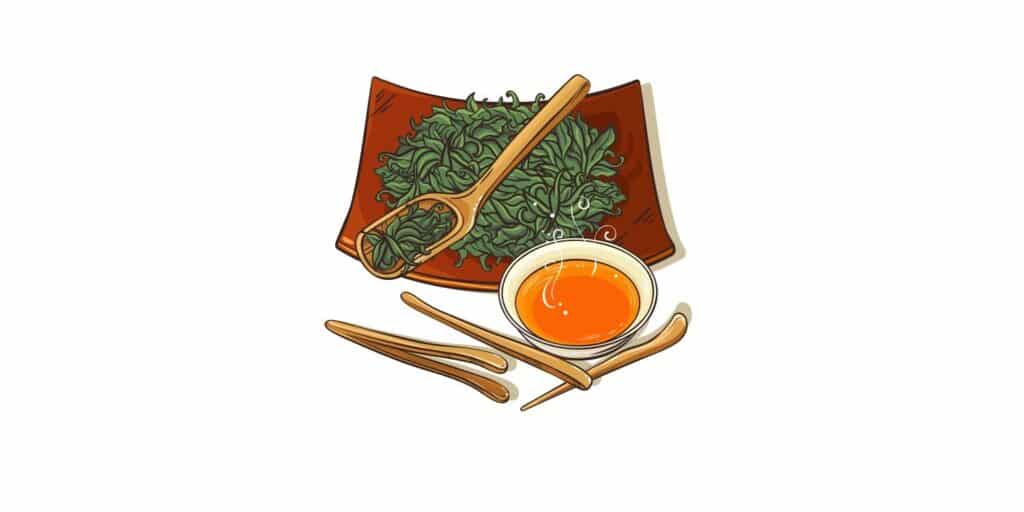
The “Western style”
Steep 3 grams ( 1 tbsp) per 350ml (teapro infuser glass) water at 80°C.
Infuse for 2-3 minutes for the first infusion and around 3-6 minutes for a second and a third times.
The “Asian style” or “Gong-fu”
Steep 6 grams (2 tbsp) in 150ml water (medium sized Gaiwan) at 80°C for approximately 20-30 seconds.
Infuse 6-8 times and add 5-10 seconds for each consecutive re-steep.
Tempted by our oolong box? Have you ever tried oolong before? What were your first impressions?

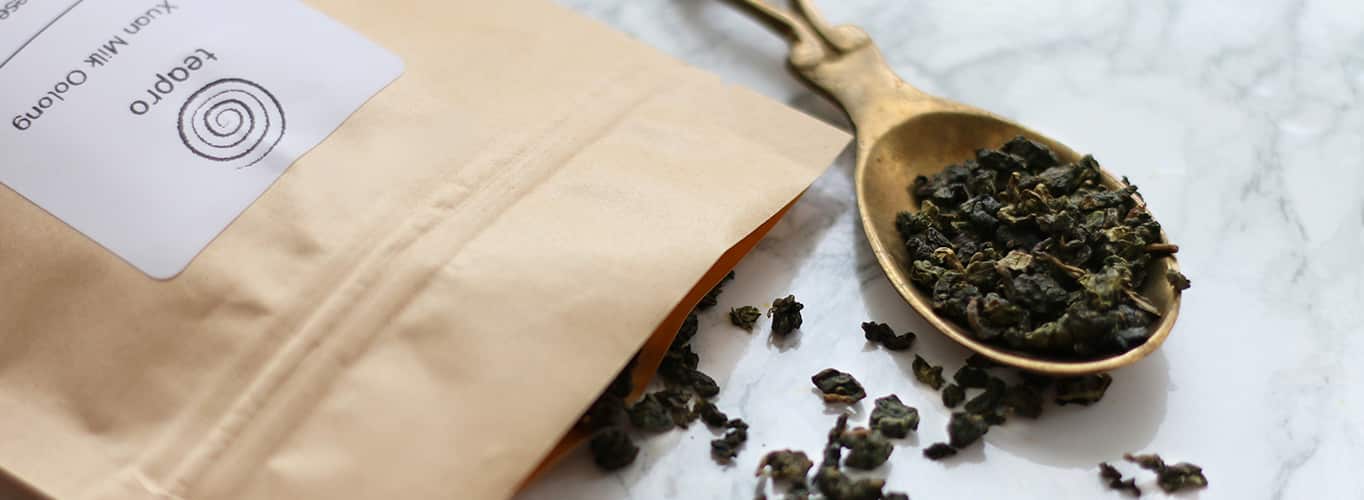
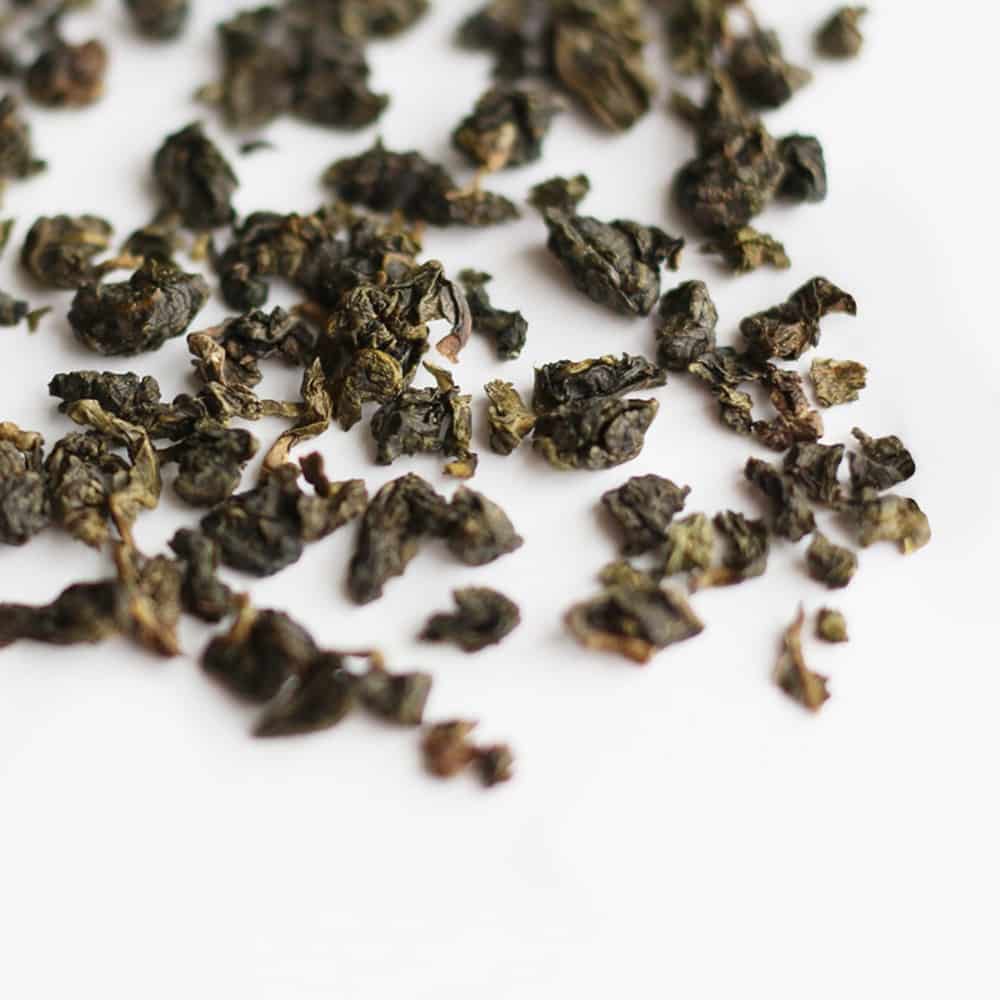
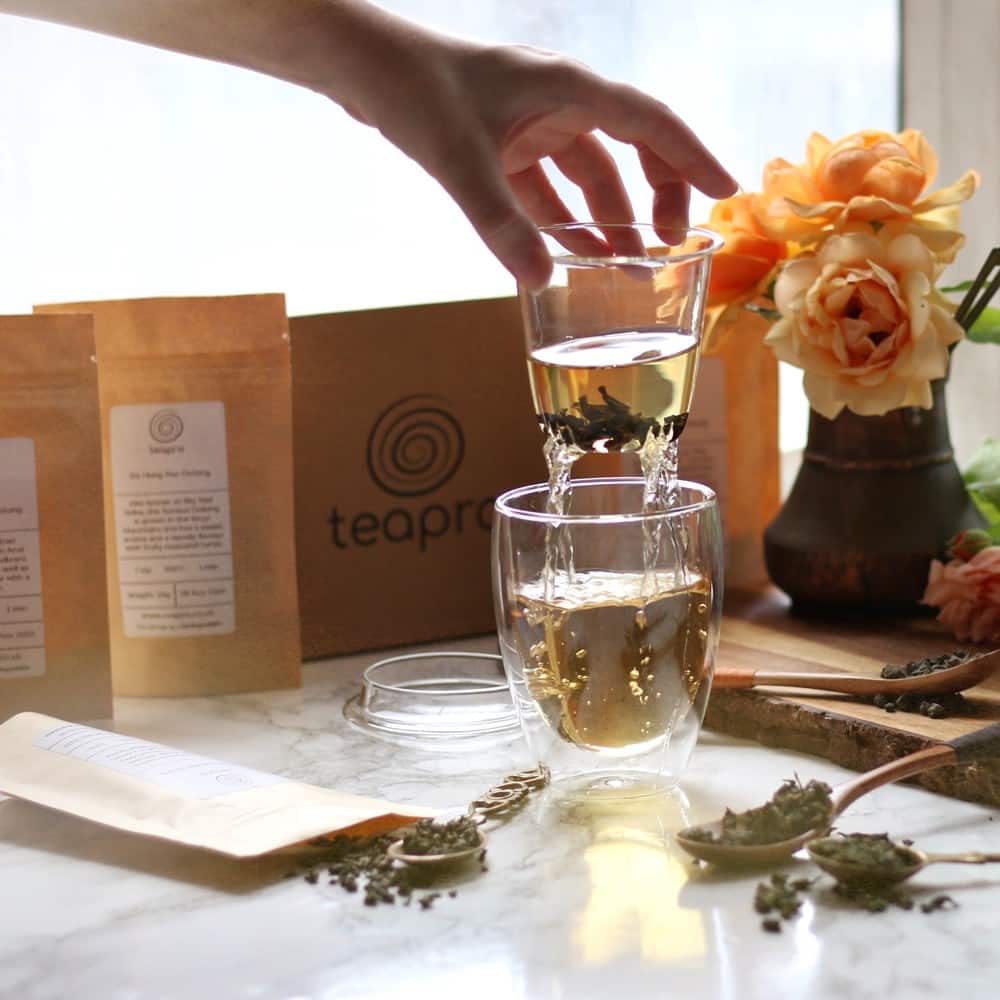



No Comments